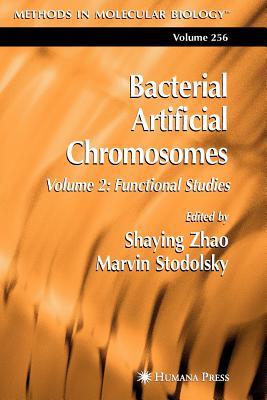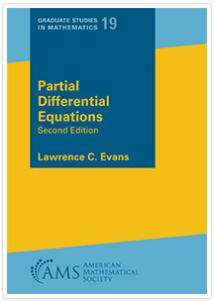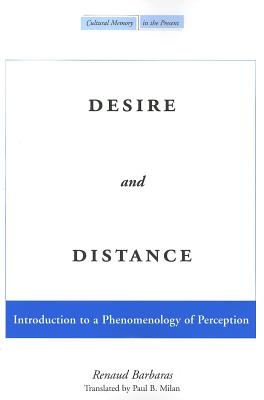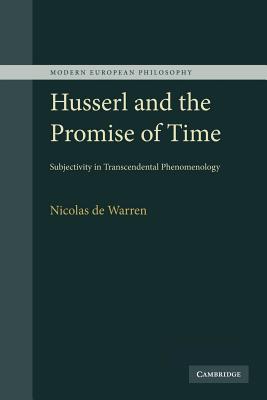
Bacterial Artificial Chromosomes:Volume 2: Functional Studies(Methods in Molecular Biology)
微生物学
¥
1944.00
售 价:
¥
1555.00
优惠
平台大促 低至8折优惠
发货周期:外国库房发货,通常付款后3-5周到货
作 者
出 版 社
出版时间
2010年11月10日
装 帧
平装
页 码
326
开 本
语 种
英文
综合评分
暂无评分
- 图书详情
- 目次
- 买家须知
- 书评(0)
- 权威书评(0)
图书简介
Several developmental and historical threads are woven and displayed in these two volumes of Bacterial Artificial Chromosomes, the first on Library Construction, Physical Mapping, and Sequencing, and the second on Fu- tional Studies. The use of large-insert clone libraries is the unifying feature, with many diverse contributions. The editors have had quite distinct roles. Shaying Zhao has managed several BAC end-sequencing projects. Marvin Stodolsky during 1970–1980 contributed to the elucidation of the natural b- teriophage/prophage P1 vector system. Later, he became a member of the Genome Task Group of the Department of Energy (DOE), through which s- port flowed for most clone library resources of the Human Genome Program (HGP). Some important historical contributions are not represented in this volume. This preface in part serves to mention these contributions and also briefly surveys historical developments. Leon Rosner (deceased) contributed substantially in developing a PAC library for drosophila that utilized a PI virion-based encapsidation and tra- fection process. This library served prominently in the Drosophila Genome Project collaboration. PACs proved easy to purify so that they substantially replaced the YACs used earlier. Much of the early automation for massive clone picking and processing was developed at the collaborating Lawrence Berkeley National Laboratory. However, the P1 virion encapsidation system itself was too fastidious, and P1 virion-based methods did not gain popularity in other genome projects.
本书暂无推荐
本书暂无推荐














